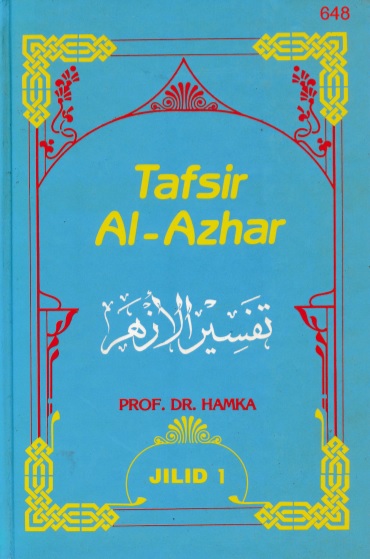

The Archetypal Sunni Scholar: Law, Theology, and Mysticism in the Synthesis of Al-Bajuri.

Al-Khasais-ul-Kubra, which discusses the miracles of Islamic prophet Muhammad.Tabaqat al-huffaz, an appendix to al-Dhahabi's Tadhkirat al-huffaz.The Khalifas who took the right way, a partial translation of the History of the Caliphs, covering the first four Rashidun caliphs and Hasan ibn Ali.History of the Caliphs ( Tarikh al-khulafa).Tadrib al-Rawi ( Arabic: تدريب الراوي) both in hadith terminology.Dur al-Manthur ( Arabic: درالمنثور) in tafsir.Al-Tibb al Nabawi ( Arabic: الطب النبوي, lit.' Prophetic medicine').Al-Itqān fi ‘Ulum Al-Qur’an (translated into English as The Perfect Guide to the Sciences of the Qur'an, ISBN 9781859642412).Tafsir al-Jalalayn ( Arabic: تفسير الجلالين, lit.'Commentary of the Two Jalals') a Qur'anic exegesis written by Al-Suyuti and his teacher Jalal al-Din al-Mahalli.Shrine for Galal El-Dean al-Seyoti in Asiut He focuses on diet and natural remedies for serious ailments such as rabies and smallpox, and for simple conditions such as headaches and nosebleeds, and mentions the cosmology behind the principles of medical ethics. As with Abu'l-Faraj ibn al-Jawzi in his medicinal works, he writes almost exclusively on prophetic medicine, rather than the Islamic-Greek synthesis of medicinal tradition found in the works of Al-Dhahabi. In Ḥusn al-muḥaḍarah al-Suyuti lists 283 of his works on subjects from religion to medicine. He has himself told me, that he had memorized One Hundred Thousand hadith." In his time he was the foremost scholar of the ĥadīth and associated sciences, of the narrators including the uncommon ones, the hadith matn (text), isnad (chain of narrators), the derivation of hadith rulings. He could dictate annotations on ĥadīth, and answer my objections at the same time. Ibn al-ʿImād writes: "Most of his works become world famous in his lifetime." Renowned as a prolific writer, his student Dawudi said: "I was with the Shaykh Suyuti once, and he wrote three volumes on that day. He wrote his first book, Sharh Al-Isti'aadha wal-Basmalah, in 866 AH, at the age of seventeen. However, these include short pamphlets, and legal opinions. The Dalil makhtutat al-Suyuti ("Directory of al-Suyuti's manuscripts") states that al-Suyuti wrote works on over 700 subjects, while a 1995 survey put the figure between 500 and 981. This caused friction with scholars and ruling officials, and after a quarrel over the finances of the Sufi lodge, he retreated to the island of Rawda in 1501. Īl-Suyuti was named the mujaddid of the 9th century AH and he claimed to be a mujtahid (an authority on source interpretation who gives legal statements on jurisprudence, hadith studies, and Arabic language).

In 1486, Sultan Qaitbay appointed him shaykh at the Khanqah of Baybars II, a Sufi lodge. He started teaching Shafi'i jurisprudence at the age of 18, at the same mosque as his father did. Īl-Suyuti's studies included: Shafi'i and Hanafi jurisprudence ( fiqh), traditions ( hadith), exegesis ( tafsir), theology, history, rhetoric, philosophy, philology, arithmetic, timekeeping ( miqat) and medicine. His father taught Shafi'i law at the Mosque and Khanqah of Shaykhu in Cairo, but died when al-Suyuti was 5 or 6 years old. His family moved to Asyut in Mamluk Egypt, hence the nisba "Al-Suyuti". According to al-Suyuti his ancestors came from al-Khudayriyya in Baghdad. He hailed from a Persian family on his paternal side. Al-Suyuti was born on 3 October 1445 AD (1 Rajab 849 AH) in Cairo, Egypt.


 0 kommentar(er)
0 kommentar(er)
